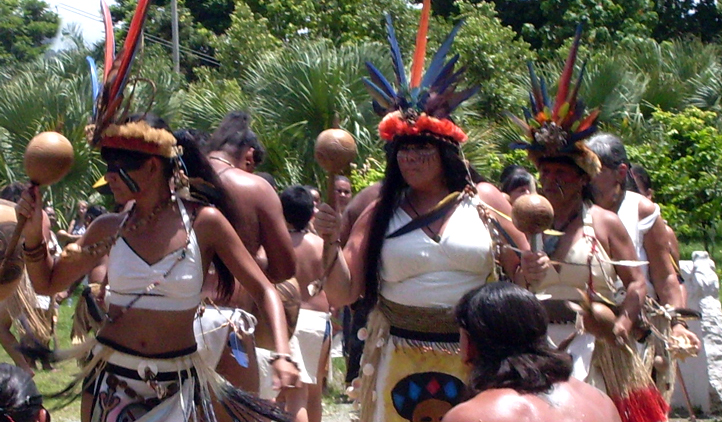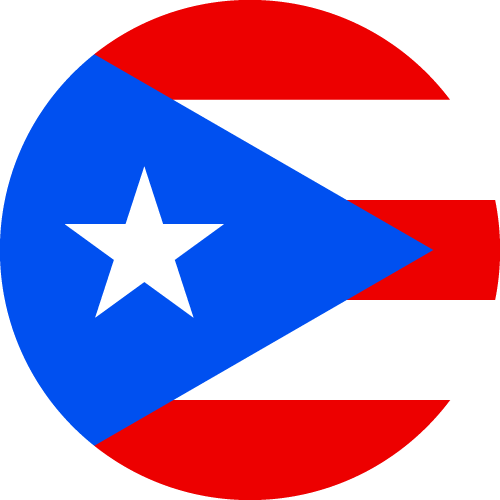Indigenous people of the Caribbean who were reffered to as Taino were individuals who lived on the islands of Cuba, Puerto Rico, Jamaica and the Bahamas before any European contact in the 15th century. During Christopher Coumbus first voyage in 1942 these individuals were the first group of indigenous people that Christopher Colombus met. Just like todays world, back then there was something known as a hierarchical society that was left by a chief in which was called Cacique. The chief was then supported by nobles who were referred to as nitainos, followed by relgious leaders called bohiques. The rest of the population which made up nearly all of them were commoners who were called naborias.
These groups of people lived in villages that contained huts and places where they had ceremonies. The Tainos had a skill for their arts and crafts. For example, they would create potery, tools and ornmaents. They were also widely known for the wooden sculptures that would be created.
The Tainos learned how to advance their agriculture by continously practicing it alongside crops. Not only were they limited to crops but they also would hunt small animals, go fishing but also have tropical fruit from the island and crops grown. Once Christopher Colombus arrived in 1492 this created the beginning for the End of this Taino society. Between death, enslavement and conflict the Taino society would slowly cease to exist as they were. Due to this the Taino population tanked but they still live on to this day through their genetic legacy, their language and overall culture continuation.
Who are the Tainos?

Indigenous people of the Caribbean who were reffered to as Taino were individuals who lived on the islands of Cuba, Puerto Rico, Jamaica and the Bahamas before any European contact in the 15th century. During Christopher Coumbus first voyage in 1942 these individuals were the first group of indigenous people that Christopher Colombus met. Just like todays world, back then there was something known as a hierarchical society that was left by a chief in which was called Cacique. The chief was then supported by nobles who were referred to as nitainos, followed by relgious leaders called bohiques. The rest of the population which made up nearly all of them were commoners who were called naborias.
These groups of people lived in villages that contained huts and places where they had ceremonies. The Tainos had a skill for their arts and crafts. For example, they would create potery, tools and ornmaents. They were also widely known for the wooden sculptures that would be created.
The Tainos learned how to advance their agriculture by continously practicing it alongside crops. Not only were they limited to crops but they also would hunt small animals, go fishing but also have tropical fruit from the island and crops grown. Once Christopher Colombus arrived in 1492 this created the beginning for the End of this Taino society. Between death, enslavement and conflict the Taino society would slowly cease to exist as they were. Due to this the Taino population tanked but they still live on to this day through their genetic legacy, their language and overall culture continuation.
